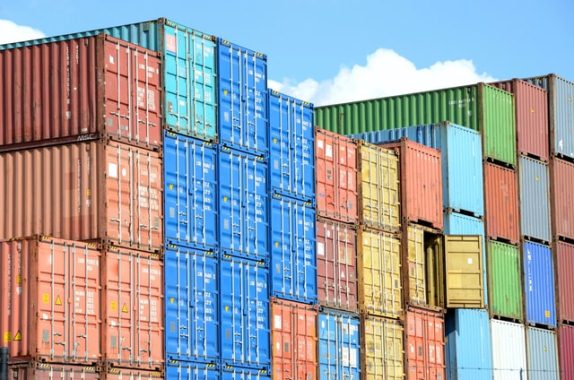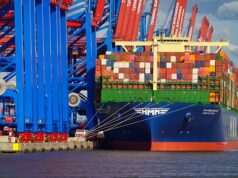- Of the 384 COVID-19-related trade measures implemented by economies, 65% were trade-facilitating while 35% could be considered trade restrictive
- 84% of the trade-restrictive measures were export restrictions
- The value of goods covered by trade-facilitating measures significantly exceeded that covered by the restrictions—$291.6 billion to $205.8 billion.
- Over time, WTO members have also repealed many of the pandemic-related measures: 54% of the restrictive measures and 21% of the facilitating measures
The World Trade Organization (WTO) in a new report said trade policy restraint has helped limit the further harm that the COVID-19 pandemic could have inflicted on the global economy.
“This report clearly suggests that trade policy restraint by WTO members has helped limit harm to the world economy,” said WTO director-general Ngozi Okonjo-Iweala in a mid-year report on trade-related developments. “However, some pandemic-related trade restrictions do remain in place and the challenge is to ensure that they are indeed transparent and temporary.”
The report looked at major developments in trade policy between mid-October 2020 and mid-May 2021.
It said world trade and output have recovered faster than expected since the second half of 2020 after falling sharply during the first wave of the pandemic, buoyed by fiscal policy support from governments and the arrival of COVID-19 vaccines. Leading indicators point to a sustained expansion of merchandise trade in the first half of 2021.
Merchandise trade volumes surpassed pre-pandemic levels earlier this year. Commercial services trade has been slower to recover, weighed down by travel and transport restrictions.
The WTO’s most recent forecast expects the volume of merchandise trade to increase by 8% in 2021 and 4% in 2022.
Since the outbreak of the pandemic, 384 COVID-19-related trade measures in the area of goods have been implemented by WTO members. Of these, 248 (65%) were trade-facilitating, mostly import tariffs and tax cuts on goods needed to fight COVID-19 such as PPE, disinfectants, medical equipment, medicines and oxygen.
Meanwhile, 136 (35%) could be considered trade restrictive measures, and 84% of them, or 114 measures, were export restrictions.
The value of goods covered by COVID-19-related trade-facilitating measures implemented since the beginning of the pandemic significantly exceeded that covered by the restrictions—$291.6 billion to $205.8 billion.
Over time, WTO members have also repealed many of the pandemic-related measures; that is 54% of the restrictive measures and 21% of the facilitating measures.
About 57% of the 114 export restrictions had been repealed as of mid-May. About 50 such export restrictions remain in place—several of them with potential implications for vaccine ingredients and inputs.
Nevertheless, the trade coverage of trade-facilitating measures still in force ($179.6 billion) remains higher than that of restricting measures ($106.0 billion).
Since the pandemic began, more than 1,500 COVID-19-related economic support measures have been put in place by 106 members and four observers. The unprecedented number of COVID-19 economic support measures put in place since the beginning of the pandemic far exceeds the activity seen in the wake of the global financial crisis.
Most of these measures appeared to be temporary in nature even if some implemented in the early stages of the pandemic have been extended in 2021.
Regarding measures unrelated to the pandemic, WTO members implemented during the review period 61 new trade-facilitating measures on goods and 70 new trade-restrictive measures.
Members also introduced 122 non-COVID-19-related measures affecting trade in services of which most were trade facilitating in nature.
Photo by Paul Teysen on Unsplash









